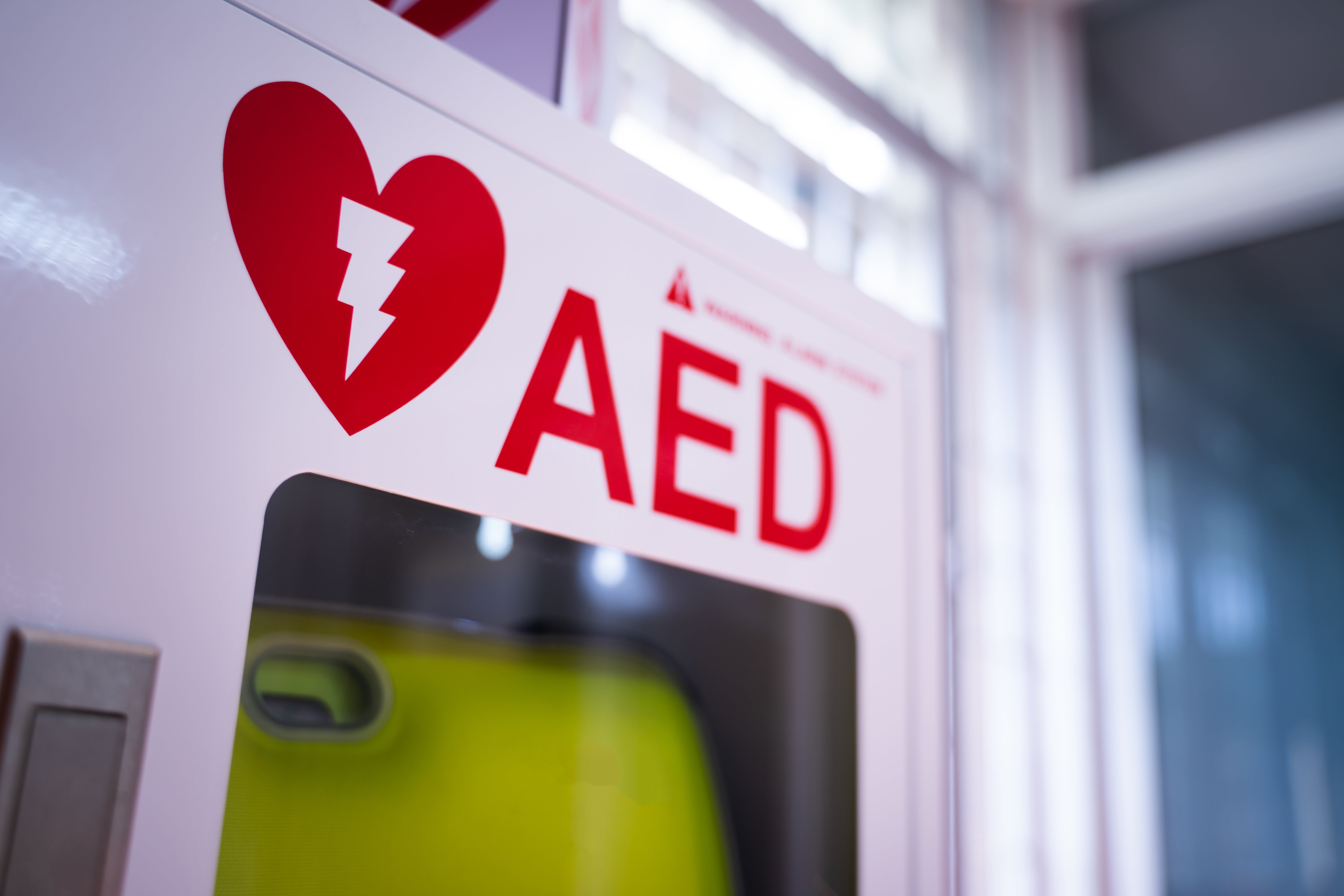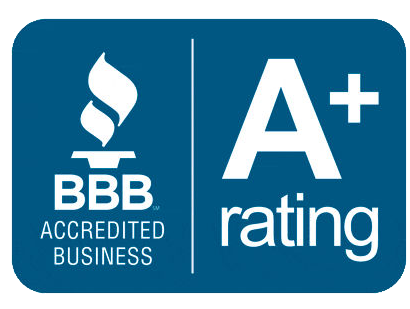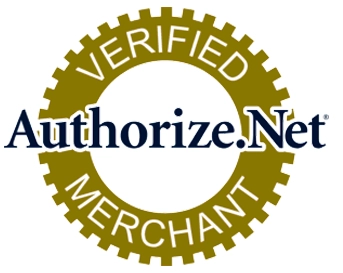Emergency Preparedness in Correctional Facilities
Understanding the Unique Risks in Correctional Facilities
Building a Culture of Preparedness
Integrating Medical Emergency Response Into Facility Operations

Critical Tools That Make a Real Difference
Preparing Today for Tomorrow’s Emergencies













